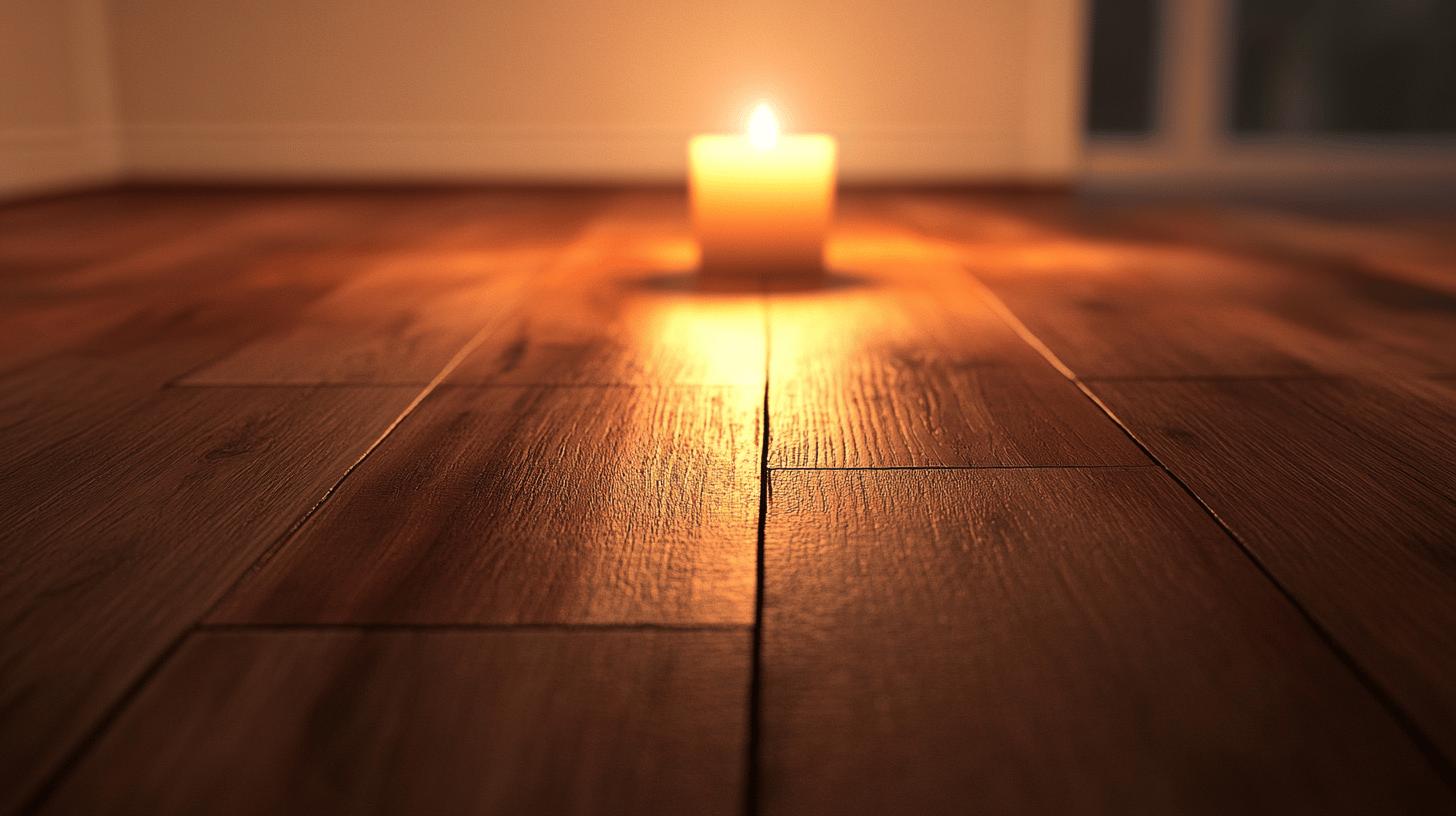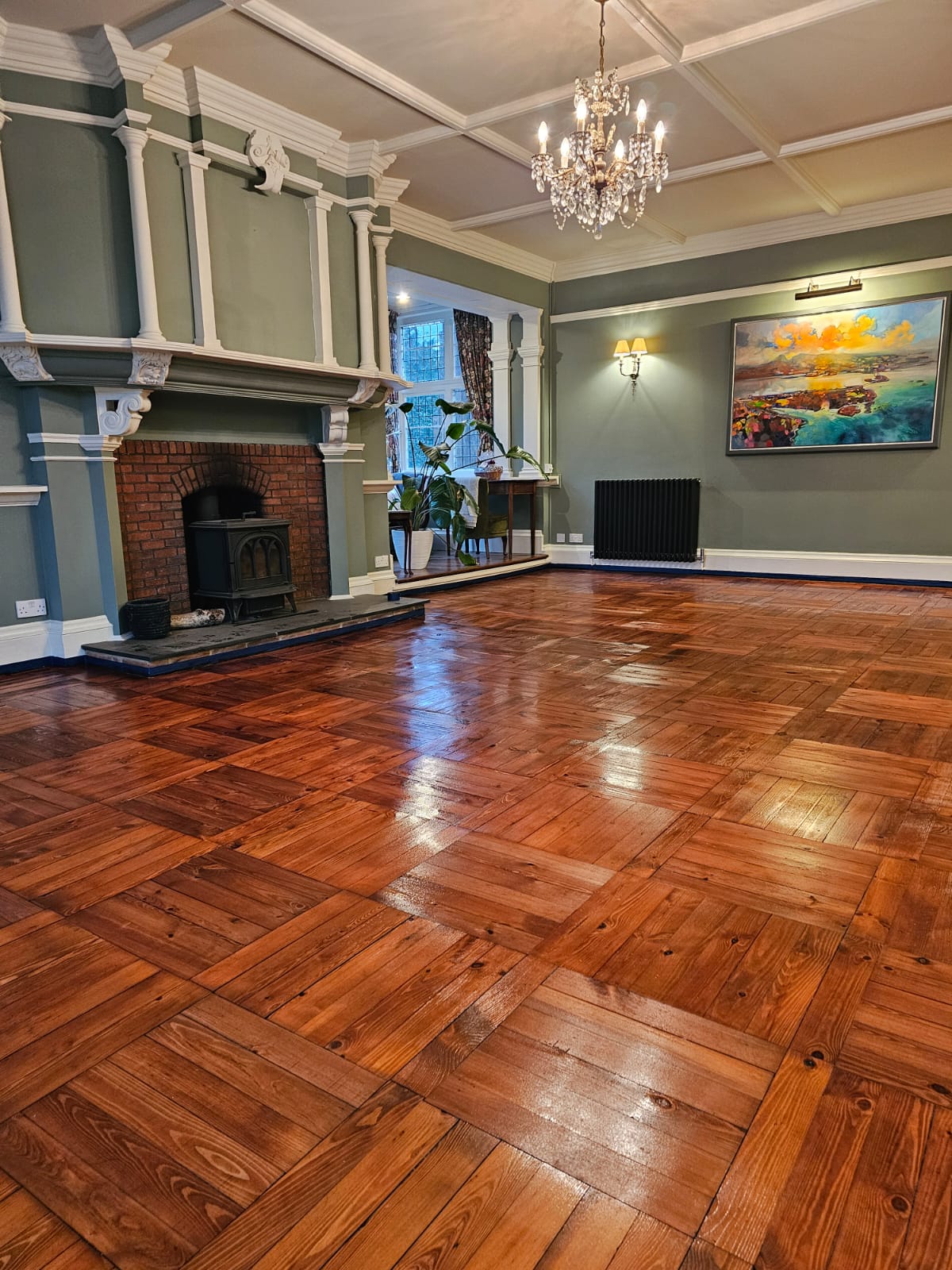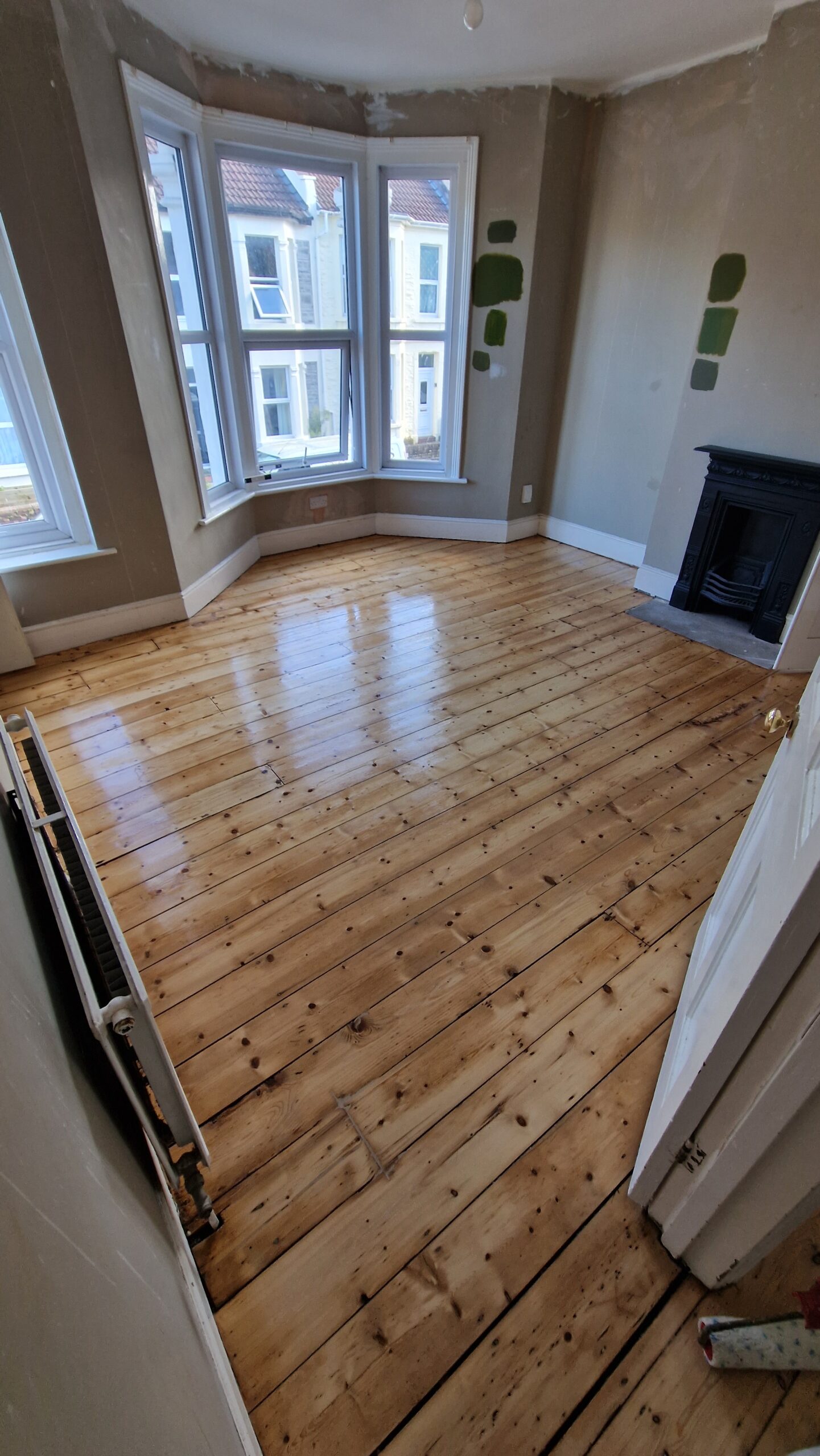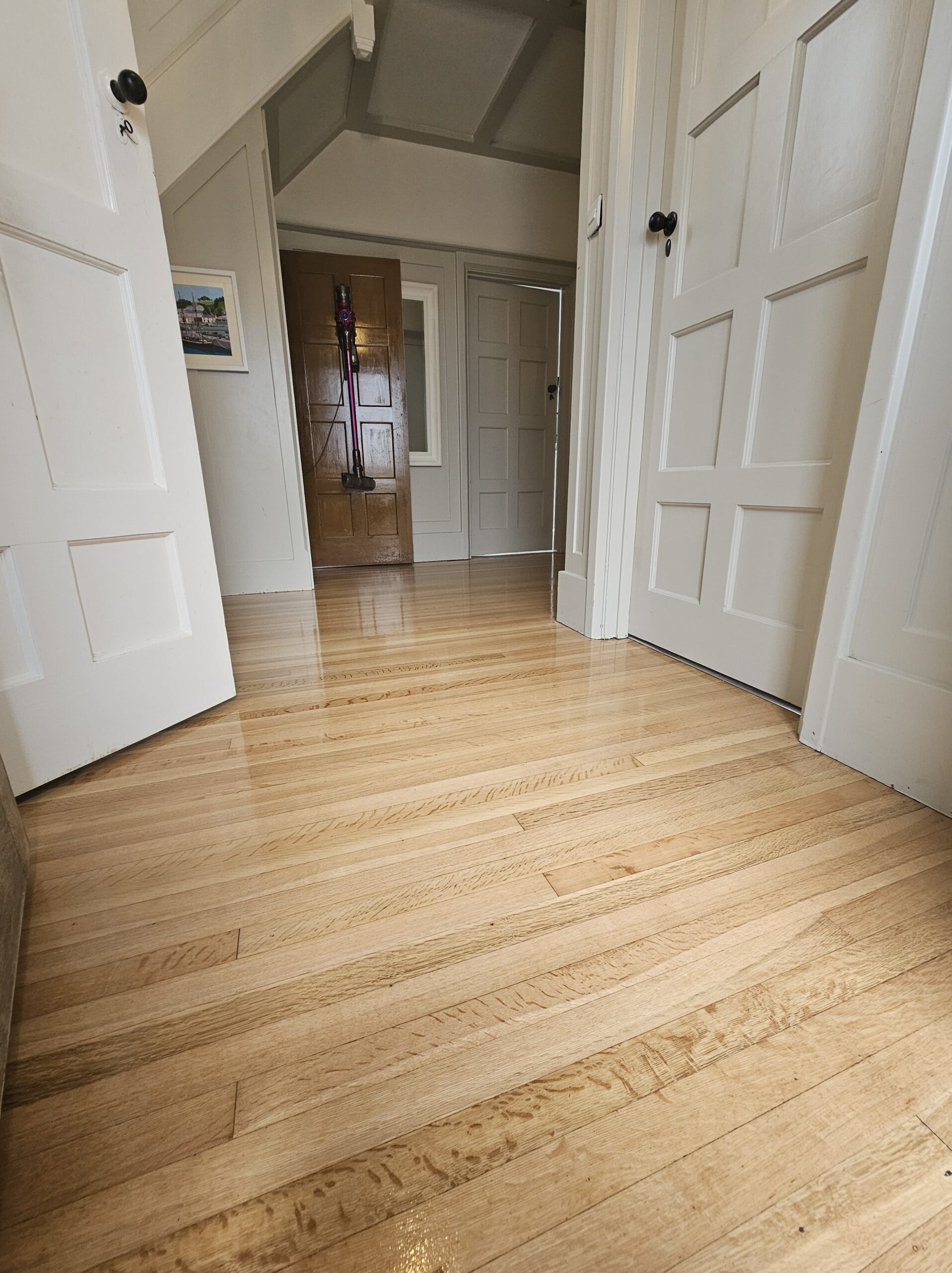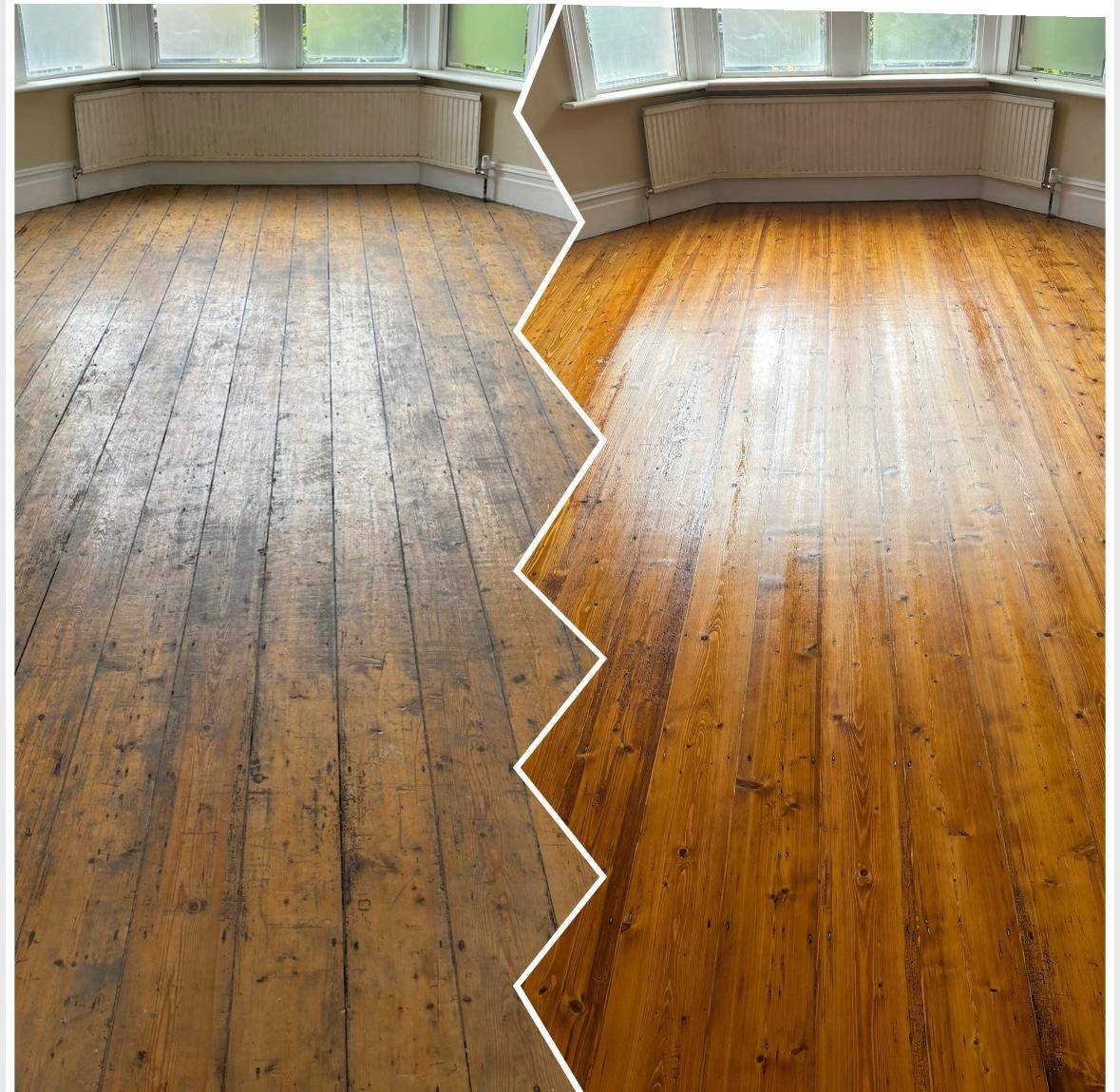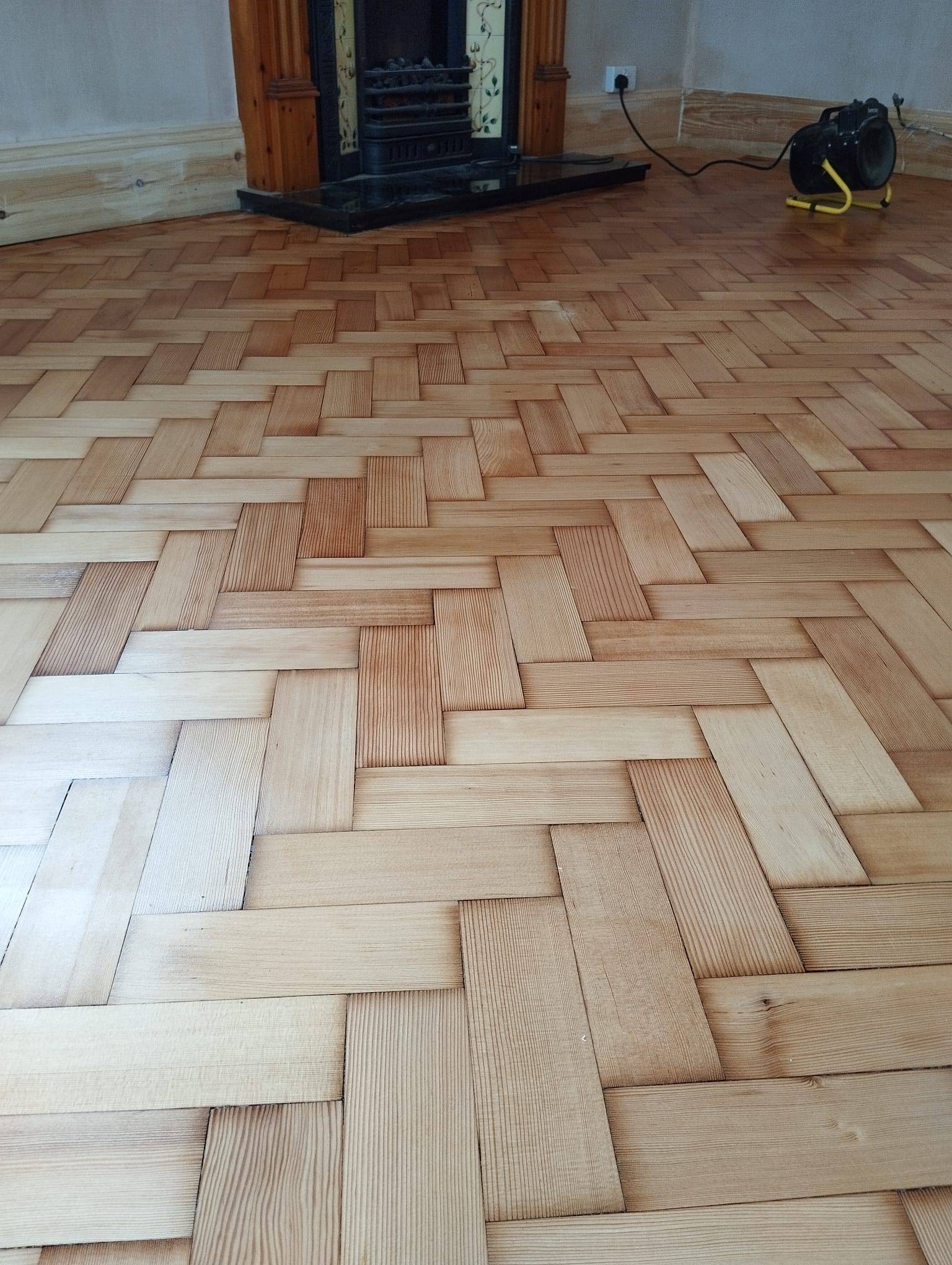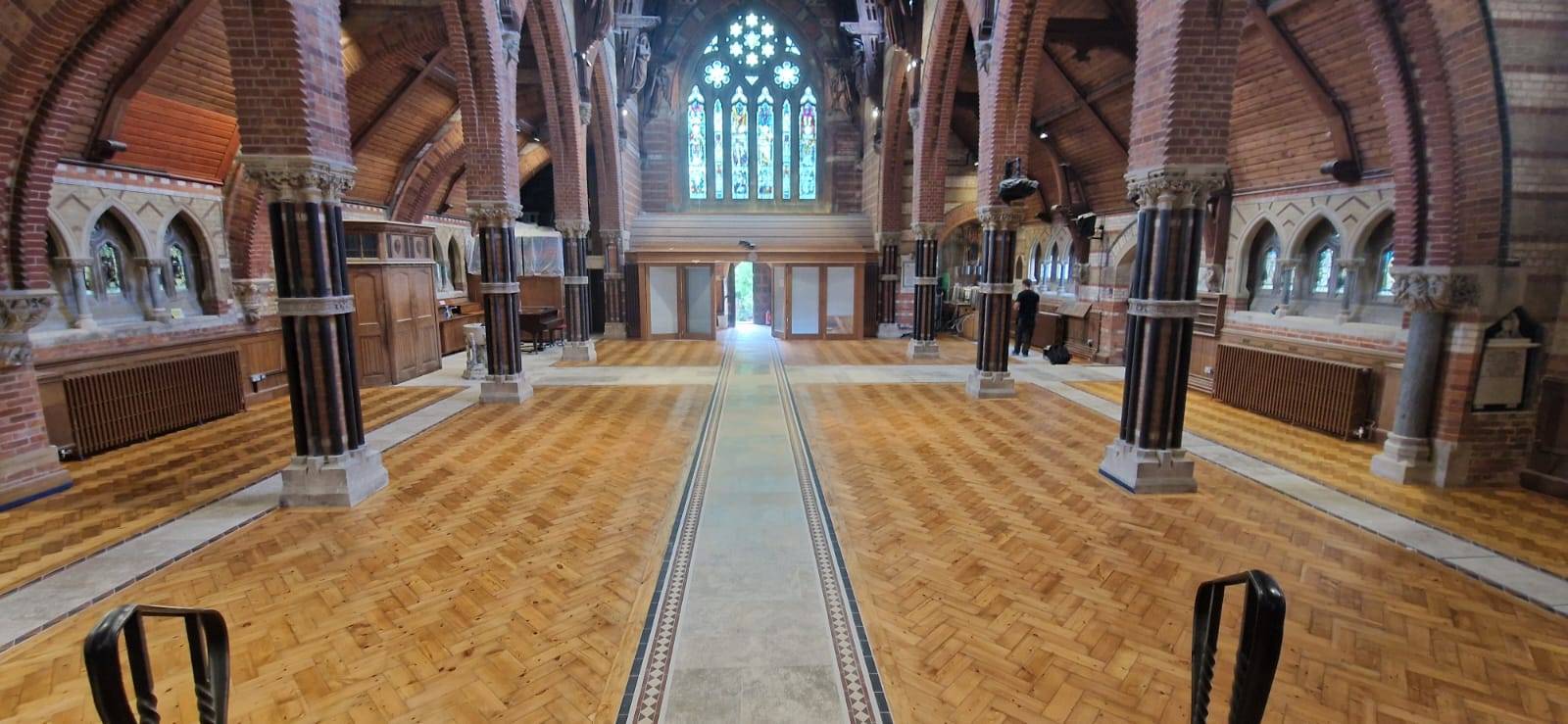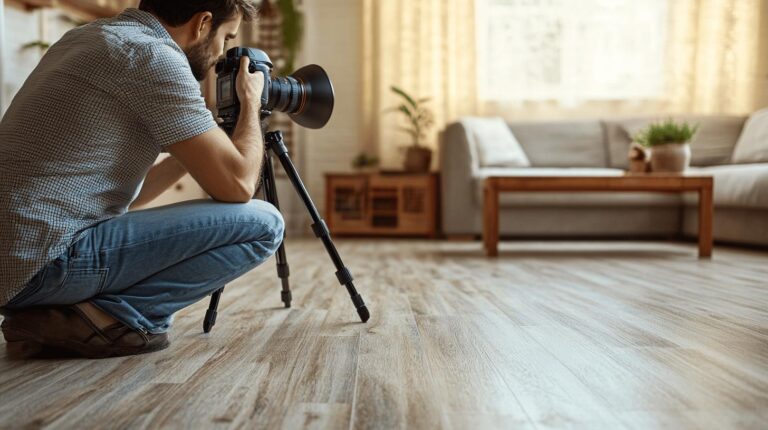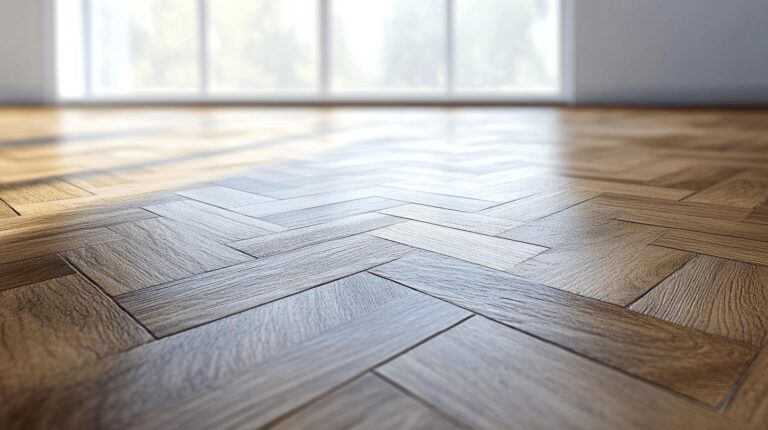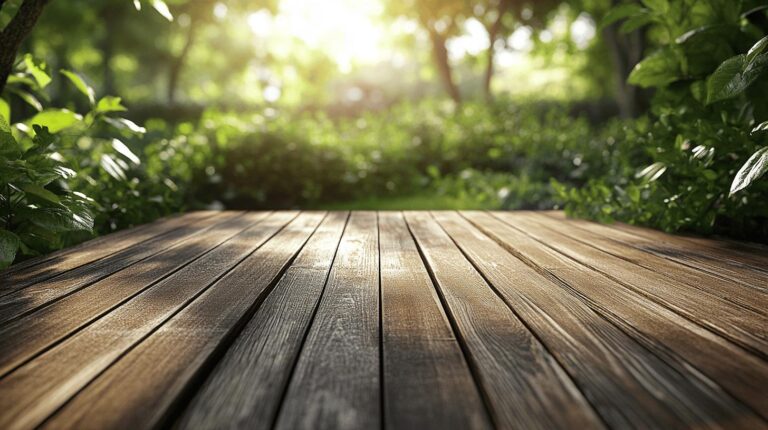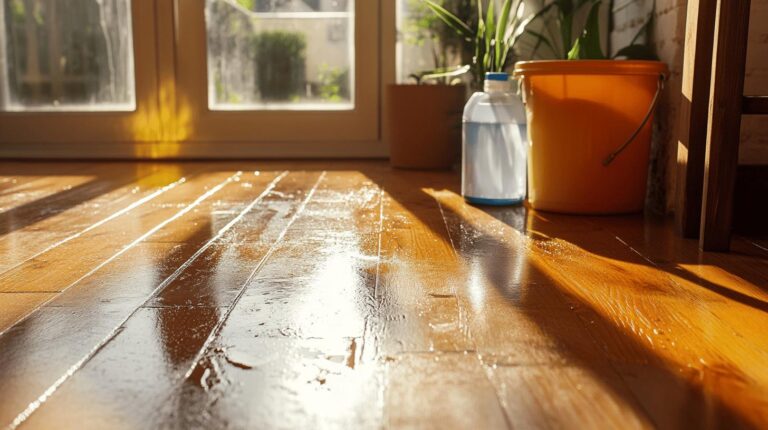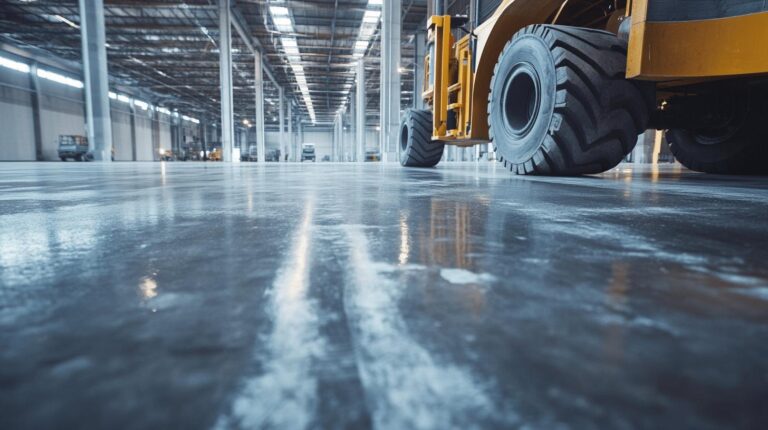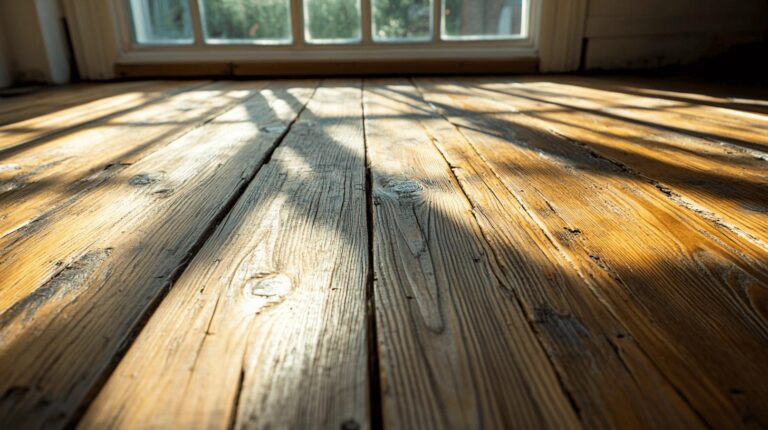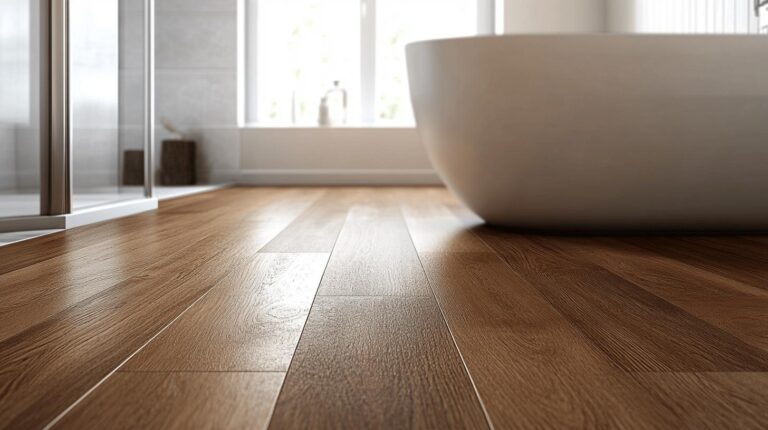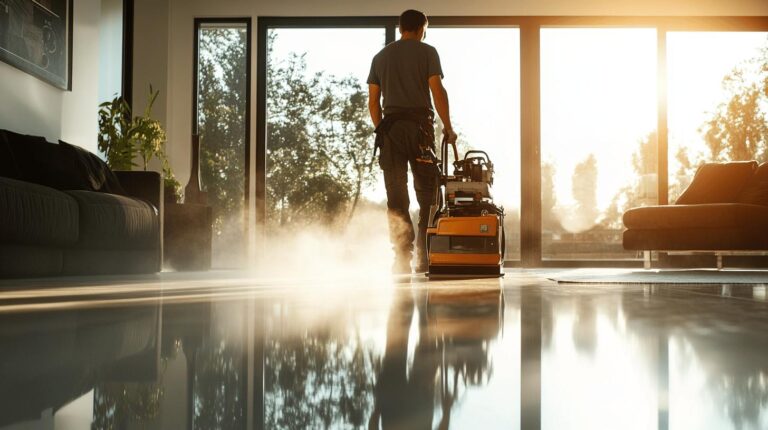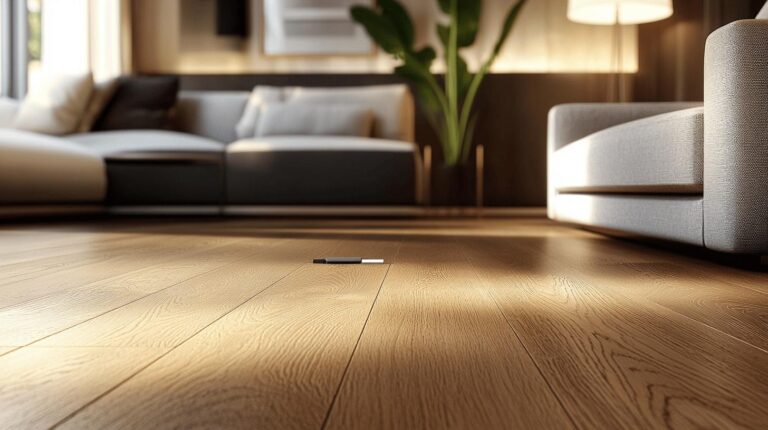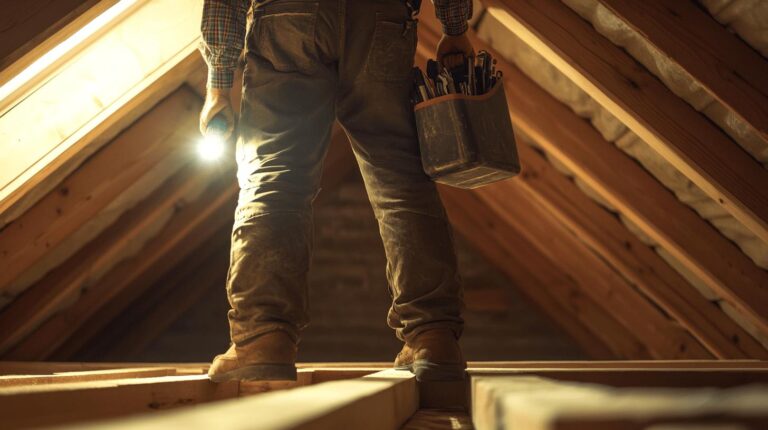Why do some wood floors look like the ocean’s waves while others remain as flat as a calm sea? The answer lies in a phenomenon known as wood floor cupping. Primarily caused by moisture imbalance, this issue affects both the structure and appearance of wood flooring. By delving into the science behind this common problem, we can uncover the causes of cupping and explore practical solutions to prevent and address it. Understanding these factors is essential for ensuring the durability and aesthetic appeal of your wooden floors. Keep reading to discover expert insights and tips.
Understanding the Science Behind Wood Floor Cupping
Wood floor cupping is a phenomenon where the edges of wooden planks rise higher than their centres, resulting in a concave shape. This alteration in shape affects both the visual appeal and the structural integrity of the floor. Primarily, cupping occurs as a consequence of moisture imbalance, impacting both solid and engineered hardwood floors. The susceptibility of wood to absorb moisture and expand at the edges makes it crucial to manage environmental conditions appropriately.
- Excessive Humidity: High humidity levels cause wood to absorb moisture, which leads to expansion and eventual cupping.
- Subfloor Moisture: Moisture seeping from the subfloor into the wooden boards can lead to uneven moisture content and cupping.
- Water Leaks: Leaks from appliances or plumbing can introduce excess moisture, causing the wood to warp.
- Inadequate Acclimation: Installing wood floors without allowing them to acclimate to the room’s humidity levels can result in cupping.
- Improper Ventilation: Insufficient airflow and ventilation can trap moisture underneath the flooring, leading to cupping.
The interaction of these moisture-related factors with the wood’s natural properties leads to floor cupping. As wood absorbs moisture, its fibres expand, especially at the edges where moisture tends to accumulate first. This differential expansion causes the edges to rise, forming a concave shape. Over time, repeated exposure to moisture without adequate drying can exacerbate these effects, leading to permanent deformation. Understanding these scientific principles is essential for developing effective prevention and remediation strategies for wood floor cupping.
Environmental Factors Influencing Cupping
Wood floors are particularly sensitive to changes in environmental humidity. Relative humidity plays a crucial role in the expansion and contraction of wood. When humidity levels rise, wood absorbs moisture from the air, causing it to expand. This expansion is often uneven, leading to the edges of the floorboards rising higher than the centre, a phenomenon known as cupping. Conversely, when humidity levels drop, the wood releases moisture, leading to contraction and potential gaps between boards. The natural tendency of wood to adjust its internal moisture content to match the surrounding air makes maintaining a consistent humidity level essential for preventing cupping.
| Environmental Factor | Impact on Wood Floors |
|---|---|
| High Humidity | This causes wood to absorb moisture and expand, resulting in cupping. |
| Low Humidity | This leads to moisture loss and contraction, potentially causing gaps. |
| Subfloor Moisture | Moisture seeping into floorboards can lead to uneven expansion and cupping. |
| Inadequate Ventilation | Traps moisture, increasing the risk of cupping. |
Subfloors are another significant moisture source that can contribute to wood floor cupping. Moisture often seeps from the subfloor into the wood planks, particularly in areas with high humidity, such as basements or crawl spaces. Proper ventilation is essential to allow moisture to dissipate and prevent it from accumulating beneath the flooring. By maintaining optimal humidity levels, ideally between 30% and 50%, through the use of humidifiers and dehumidifiers, homeowners can minimise the risk of wood floor cupping. Ensuring that subfloors are dry before installation and providing adequate airflow are also crucial steps in preventing this issue.
Expert Solutions for Preventing Wood Floor Cupping
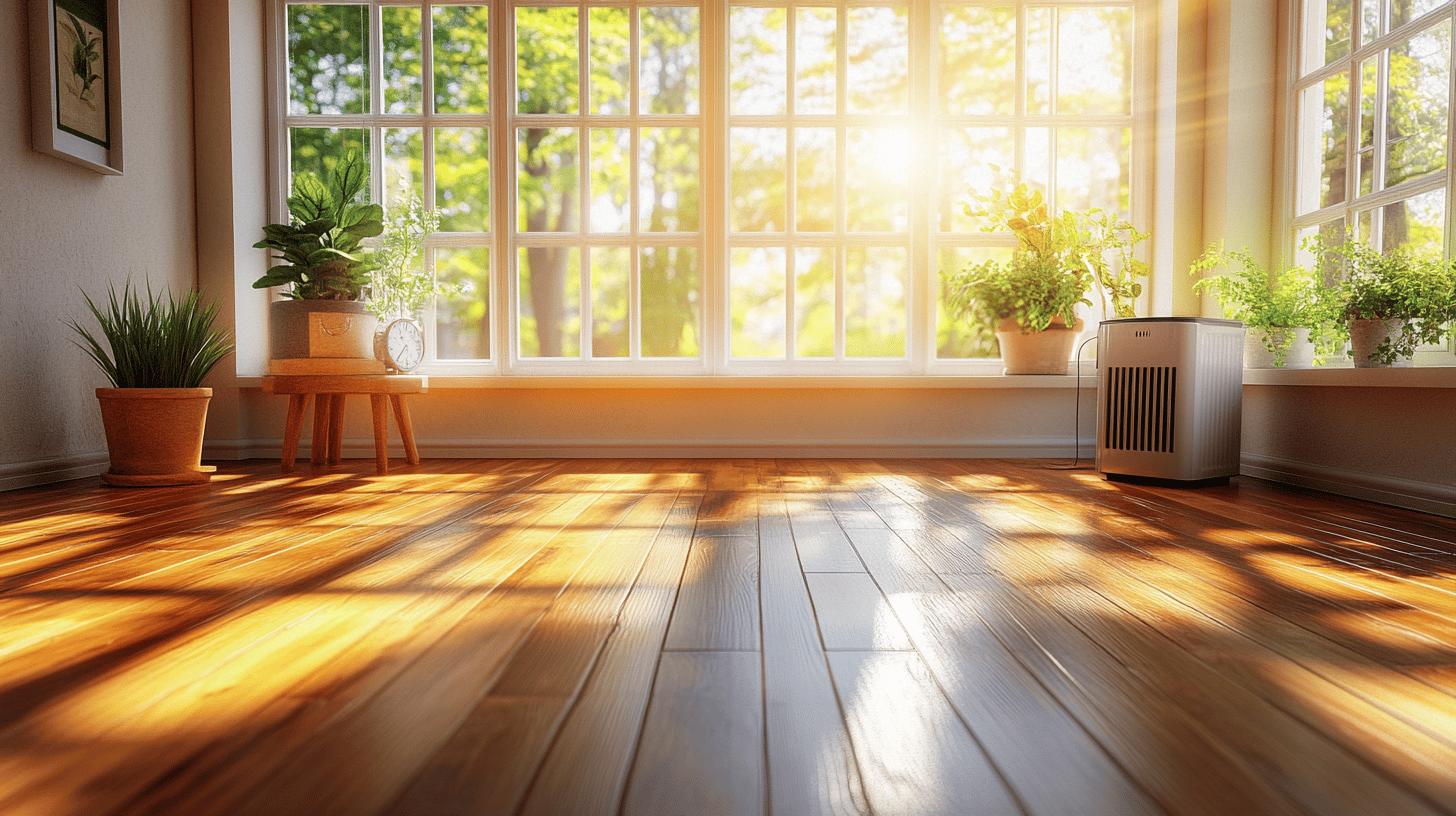
Effective prevention of wood floor cupping hinges on meticulous moisture management and environmental control. Wood is a hygroscopic material, meaning it naturally absorbs moisture from the surrounding environment. This characteristic makes it susceptible to cupping when exposed to moisture imbalances, either from the air or the subfloor. Implementing strategies to maintain consistent humidity levels and addressing moisture sources promptly can significantly reduce the risk of cupping. By taking proactive measures such as using humidity control systems and ensuring proper installation practices, homeowners can safeguard their wood floors from this common issue.
Consistent Humidity Control
Achieving consistent humidity levels is crucial for preventing wood floor cupping. Utilising hygrometers allows homeowners to monitor indoor humidity accurately, ensuring it remains within the recommended range of 30% to 50%. Tools such as humidifiers and dehumidifiers play a vital role in adjusting humidity levels. Humidifiers add moisture to dry air during colder months, while dehumidifiers extract excess moisture during humid seasons. By maintaining this balance, the natural expansion and contraction of wood can be minimised, thereby reducing the likelihood of cupping.
Leak and Spill Management
Promptly managing leaks and spills is essential in preventing moisture from compromising wood floors. Water from plumbing leaks or accidental spills can easily seep into the subfloor, causing moisture imbalances and leading to cupping. Immediate cleanup is crucial to prevent water from penetrating the wood fibres. Additionally, repairing any leaks in the plumbing system as soon as they are detected helps mitigate the risk of prolonged exposure to moisture, which can exacerbate cupping issues over time.
Regular maintenance and monitoring are imperative to ensure wood floors remain in optimal condition. Routine inspections can help identify early signs of moisture-related problems before they escalate into more significant issues. Engaging in professional consultations with experts who understand the complexities of wood floor maintenance provides homeowners with valuable insights and strategies tailored to their specific environmental conditions. By adhering to these expert solutions, the risk of wood floor cupping can be effectively managed and minimised.
Effective Solutions for Existing Cupping Issues
Identifying the severity of wood floor cupping is the first step in formulating an effective repair strategy. Minor cupping may resolve over time with proper humidity control, whereas more severe cases can require extensive intervention. Assessing the extent of the cupping involves observing the degree to which the floorboards have warped and determining any underlying moisture issues that may have contributed to the problem.
| Issue Severity | Recommended Solution |
|---|---|
| Minor Cupping | Adjust and maintain humidity levels; monitor for natural resolution. |
| Moderate Cupping | Professional drying treatments and moisture source remediation. |
| Severe Cupping | Replacement of damaged boards; engage professional restoration services. |
For minor cupping, controlling the indoor environment’s humidity levels is often sufficient. Using dehumidifiers to reduce excess moisture or humidifiers to balance dry air can help stabilise the wood. This approach allows the wood to naturally return to its original shape without the need for invasive procedures. However, if the cupping is moderate, professional drying treatments may be necessary to remove trapped moisture effectively. Identifying and addressing the moisture source, such as leaks, is crucial to prevent recurrence.
Sanding is generally not recommended for cupped floors, as this can exacerbate the issue once the wood contracts. In instances of severe cupping, where the structural integrity of the floor is compromised, replacement of the affected boards may be warranted. Professional intervention, such as from Ryan’s Restoration, is vital in these cases. Their expertise ensures that both the aesthetic and functional aspects of the flooring are restored, reducing the risk of future cupping. By seeking professional assistance, homeowners can achieve a long-lasting solution tailored to the specific conditions of their wood floors.
Long-term Maintenance Tips for Wood Floors
Consistent maintenance routines are essential for preserving the durability and appearance of wood floors. Regular care not only enhances the aesthetic value but also extends the lifespan of the flooring. Using appropriate cleaning products is critical to avoid damage; a hardwood floor cleaner specifically formulated for your floor type is recommended. Excessive water and harsh chemicals should be avoided as they may compromise the wood’s finish and lead to warping or cupping. By adhering to these guidelines, homeowners can protect their investment and maintain the floors’ natural beauty.
- Use a Suitable Cleaner: Select a hardwood floor cleaner designed for your specific floor type to avoid damage.
- Minimise Water Exposure: Use a damp, not wet, mop to clean floors, preventing moisture damage.
- Avoid Harsh Chemicals: Opt for gentle cleaning agents to maintain the floor’s finish and prevent deterioration.
- Regularly Vacuum or Sweep: Remove dirt and debris with a soft-bristle broom or vacuum with a hardwood floor attachment.
- Utilise Area Rugs: Place rugs in high-traffic areas to reduce wear and tear and protect the floor from moisture and scratches.
Regular inspections are crucial for identifying potential issues early, such as signs of cupping or moisture problems. Early detection allows for timely intervention, preventing minor issues from escalating into costly repairs. Professional consultations, such as those offered by Ryan’s Restoration, provide expert insights and tailored advice for maintaining wood floors in optimal condition. Engaging with professionals ensures that any emerging problems are addressed promptly and effectively, safeguarding the longevity and aesthetics of your wood floors.
Final Words
Throughout the article, the science behind wood floor cupping was explored, examining moisture-related causes and environmental factors. Further insights into expert prevention methods and solutions for existing cupping issues were provided. Long-term maintenance tips were also offered to ensure the lasting beauty and functionality of wood floors. Implementing preventive strategies, such as humidity control and moisture management, is essential. Understanding the science and adhering to maintenance practices can address current challenges effectively. The Science Behind Wood Floor Cupping: Prevention and Solutions empowers homeowners to preserve the longevity and aesthetic value of their wood floors, ensuring a lasting positive impact.
FAQ
Will cupped wood floors flatten?
Cupped wood floors may flatten over time if moisture levels stabilise, but severe cases often require intervention.
How can wood floor cupping be fixed?
To fix cupped floors, address the moisture source first. Control humidity levels; severe cases may need professional assistance.
What causes engineered wood floor cupping?
Engineered wood floors cup due to moisture imbalance, affecting layers and causing edges to rise higher than the centre.
How long does it take for cupped floors to dry?
Drying time varies and depends on the extent of moisture; monitoring humidity and room conditions is crucial.
How does water damage cause hardwood floor cupping?
Water damage introduces excess moisture, leading to edges of wooden boards rising, creating cupping in hardwood floors.
Can a dehumidifier help with floor cupping?
A dehumidifier aids in stabilising room moisture levels, potentially helping with minor floor cupping if addressed early.
What causes floors to bulge upwards?
Bulging indicates moisture imbalance, often due to excess humidity or leaks affecting the subfloor.
How do you fix water-damaged, swollen wood floors?
For swollen floors, first dry thoroughly; consider sanding or replacing damaged areas if required.
How do we prevent wood floors from cupping?
Prevent cupping with consistent humidity control, using hygrometers, and avoiding exposure to water and moisture.
Why does cupping happen on wood?
Cupping occurs due to moisture imbalance, where wood expands unevenly, causing surface distortion.
Will my cupped wood floors flatten in winter?
Colder months may reduce moisture, aiding in flattening, but conditions must be monitored for effective recovery.
